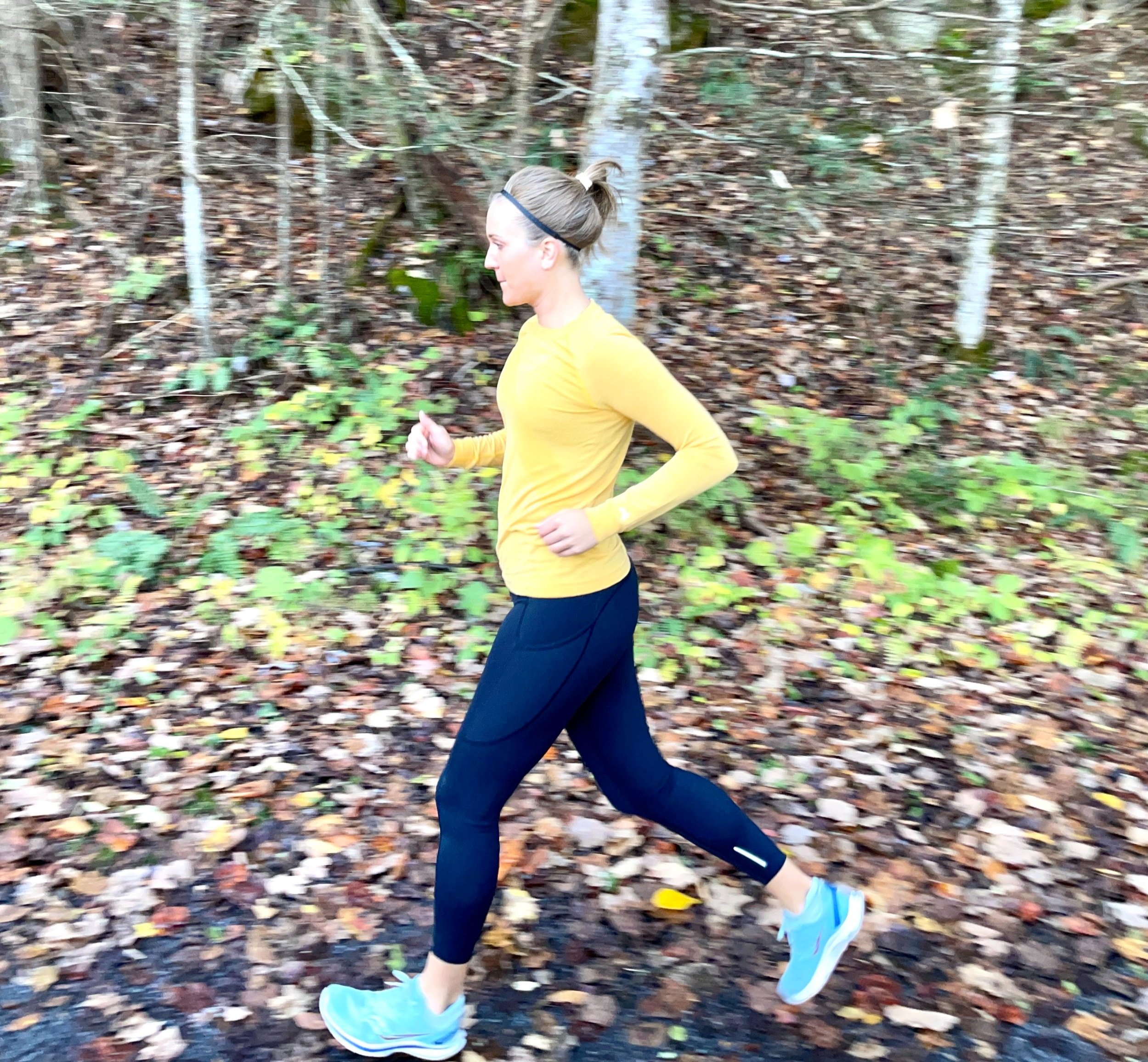Running Shoes 101
There’s no question that running shoes are one of the most important pieces of gear in any runner’s closet. But with hundreds of options on the market, which shoes do you choose? Can’t you just pick a pair that you like the look of and call it a day? Does it really matter? Today, we’ll cover these and other common running-shoe-related questions.
Which shoes should you buy?
Spoiler: Probably not the pair that your favorite influencer raved about.
My number one piece of advice is to go to your local running store and get properly fitted. This is invaluable. An expert there can analyze your gait and will help find a shoe that’s right for you. It may not be the pair that your eye was first drawn to, but trust the process. Right now, some stores like Run For Your Life are even offering free virtual evaluations.
Don’t just treat this as a “one and done.” It’s worth repeating this process every few years or so, as your gait, form, body, and preferences can all change over time, along with the shoes that are available.
Does it really matter that much?
Yes! Running in the right shoes can help prevent injuries and is critical to your comfort. No single shoe can meet every runner’s individual needs.
Running shoes vary in the stability that they provide, level of cushioning, heel-toe drop, and overall weight. The way that your foot hits the ground (heel strike, flat, or toe strike) affects the shoe that you need. So does pronation or supination. So does what you’re training for (basic fitness, 5k, marathon, etc.). And so do the surfaces that you run on (roads, trails, treadmill). This list could go on, but you get the picture.
Running in a shoe that meets YOUR needs can make a big difference in running happy and healthy.
When do you need to replace your shoes?
There’s no one-size-fits-all answer here, as different shoes have different average lifespans, and factors like body weight play a role. However, you can generally expect to get 300-500 miles out of a pair of running shoes. If you’ve been wearing yours for years, it’s definitely time to replace them.
Fortunately, it’s easy to track the life of your shoes on an app like Garmin Connect. Or, you can simply note the date that you started wearing your shoes on the tag. Give it a try!
Do you need to rotate between multiple pairs?
Need to? No. It can be expensive to maintain a rotation of 2+ pairs of properly fitted running shoes. This isn’t a need, per se.
However, if you’re a distance runner and it’s within your budget, you might benefit from alternating between 2-3 different pairs of shoes. Many argue that this approach can help your shoes last longer, as the foam has time to “recover” between runs. There’s also some evidence that rotating your running shoes could be protective against running-related injuries.
Beyond this, many runners find that they prefer different shoes for different types of runs. For example, I personally like a slightly more cushioned shoe for long, easy runs, and a lighter, more responsive shoe for speed and tempo work.
Which shoes do you (Coach Laura) run in?
Before I answer this one, please remember: what works for me is not necessarily best for you. Go get properly fitted!
For context, I’m a neutral runner who tends toward supination. In general, I prefer lighter, less cushioned shoes, and I run almost exclusively on paved surfaces. When I’m training for a race, it’s usually a half marathon; my weekly mileage isn’t as high as many marathoners’.
All of that said, my current favorite is the Brooks Hyperion Tempo. For me, this shoe works for almost any type of run, and my pace is noticeably a bit faster. I’m also a fan of the Saucony Kinvara 10. I don’t like the changes made with the Kinvara 11, so I’ve been buying up a few pairs of the older 10s.
And there’s my final tip: If you find your Cinderella shoe, don’t hesitate to stock up. You can often get a great price on the current model right before the new version launches.



